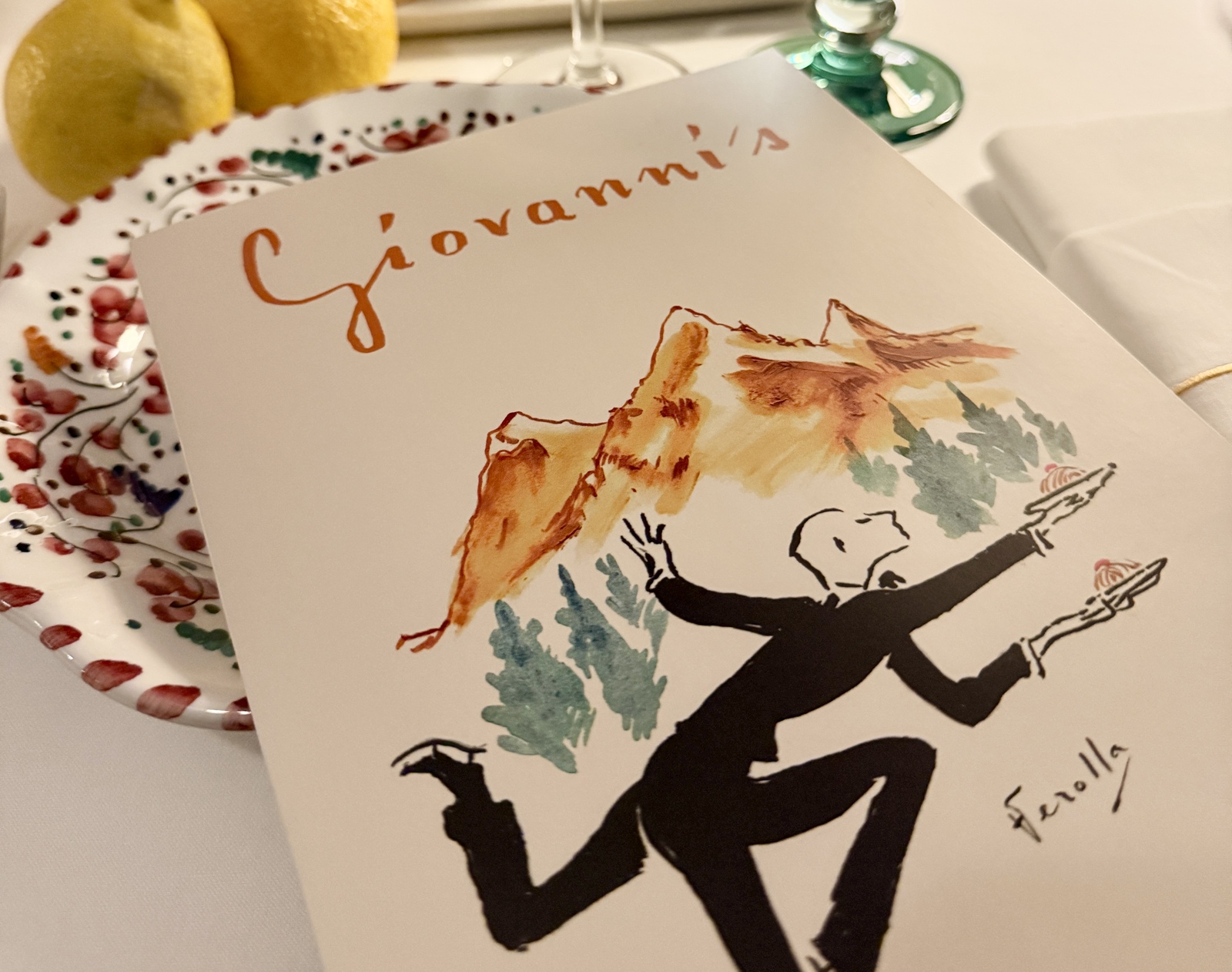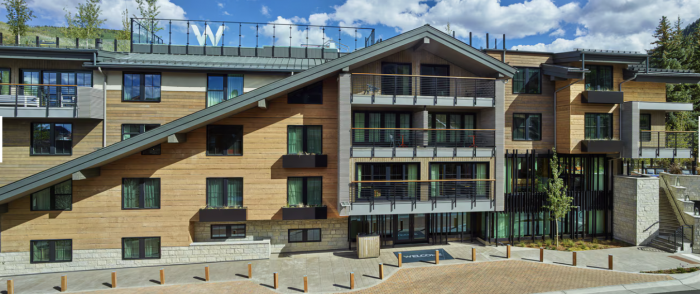
Southwest France is defined by a wide range of geographical distinctions yielding diverse landscapes, each with their own unique microclimates producing a total of 300 grape varieties, 120 of which are native to the area. Wine trade throughout much of Europe was established when Santiago de Compostela was consecrated as a holy town in 1189 by Pope Alexander III. Waves of pilgrims made a ritualistic passage between Northern Europe and Spain, taking them right through southwest France.

Just like fast food restaurants and truck stops cluster around today's highways, abbeys and monasteries flourished along this pilgrimage journey. The route gradually evolved into an essential trade road for exporting native Southwest grape varietals to the rest of the world. But like many wine growing regions, Southwest France's difficult conditions went hand-in-hand with signature terroirs that yielded distinctive flavors that couldn’t be duplicated elsewhere. Historic integrity and ancient winemaking traditions were preserved for quite some time due to geographical isolation. In the days before bulldozers and bucket loaders, retaining walls needed to be built by hand from stone.
The passage of time and technological advancements increasingly made the lure of easier and more affordable grapes imported from elsewhere that much more attractive. For a time it seemed that the aromatic richness and distinct flavors resulting from centuries of careful selection and cultivation by religious orders along this stretch of the Camino de Santiago would fade into obscurity. But starting in the 1980s, the French government realized that they had to do their part to preserve village economies. They began investing in small vineyards committed to cultivating and restoring these hard-to-farm ancient terraces. Thanks to these efforts and increasingly sophisticated palates across the globe driving demand, “the last 30 years have seen appellations like Côtes de Gascognes, Madiran and Cahors getting more strongly export oriented,” said communications director Christophe Logeais of Les Vins Sud Ouest France.

This bodes well for lesser known grapes like the highly aromatic and intense Fer Servadou and the low tannin fruity and robust Négrette. It also makes it easier to get them outside of France. If you’d like to check out a few of these Southwest France wines, our favorites include the Chateau Boucasse Les Jardins 2011, a distinctive golden straw hue that belies soft fruitiness on the palate and has a smooth mouth feel. It has enough tannins to play well with ripe cheeses as well as meats like pork, lamb, and seafood. This wine has a touch of effervescence and has notes of ripe greens, sweet peach and a slight acidity of lemons linger.
The Domaine D'en Segur Cuvee Germain 2013 is a rich red made with a Cabernet Sauvignon/Merlot blend that's traditionally the foundation of many Bordeaux wines. It has a dry mouth feel with rich ripe fruit, and evokes just-picked garden fresh green pepper. Strong yet finely tuned tannins give way to cinnamon on the nose with a bite of cherry on the finish. The Chateau Bellevue La Foret Fronton 2015 is triple blend of 50 percent Negrette, 35 percent Cabernet Franc et Cabernet Sauvignon, and 15 percent Syrah. This wine has the distinction of receiving more awards than any other wine from Southwest France including from the prestigious Concours General Agricole Paris.














